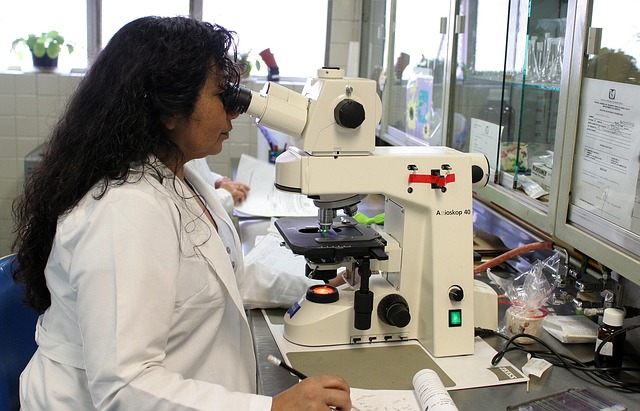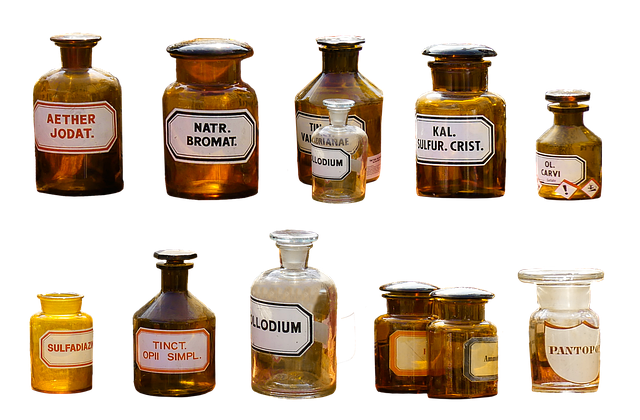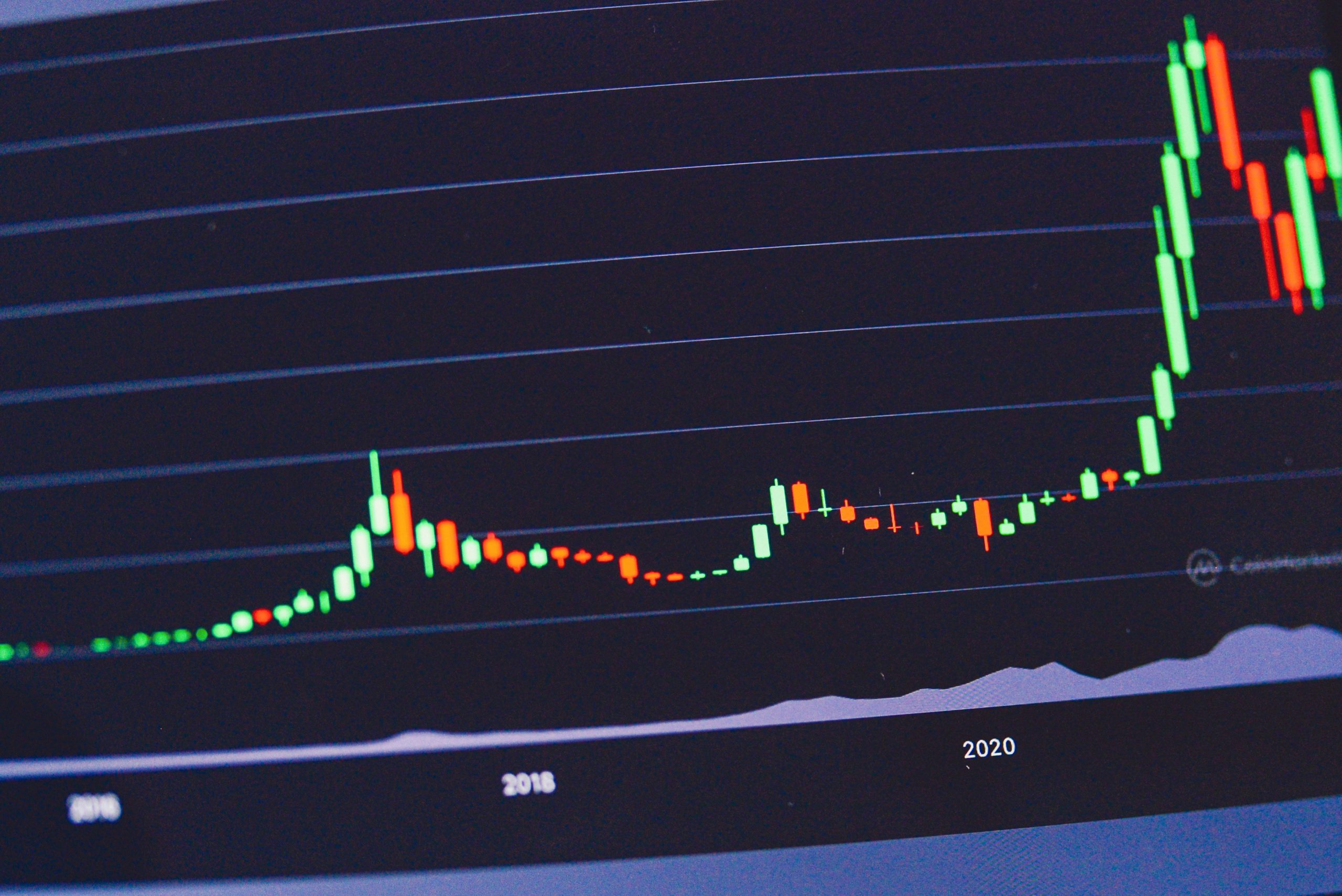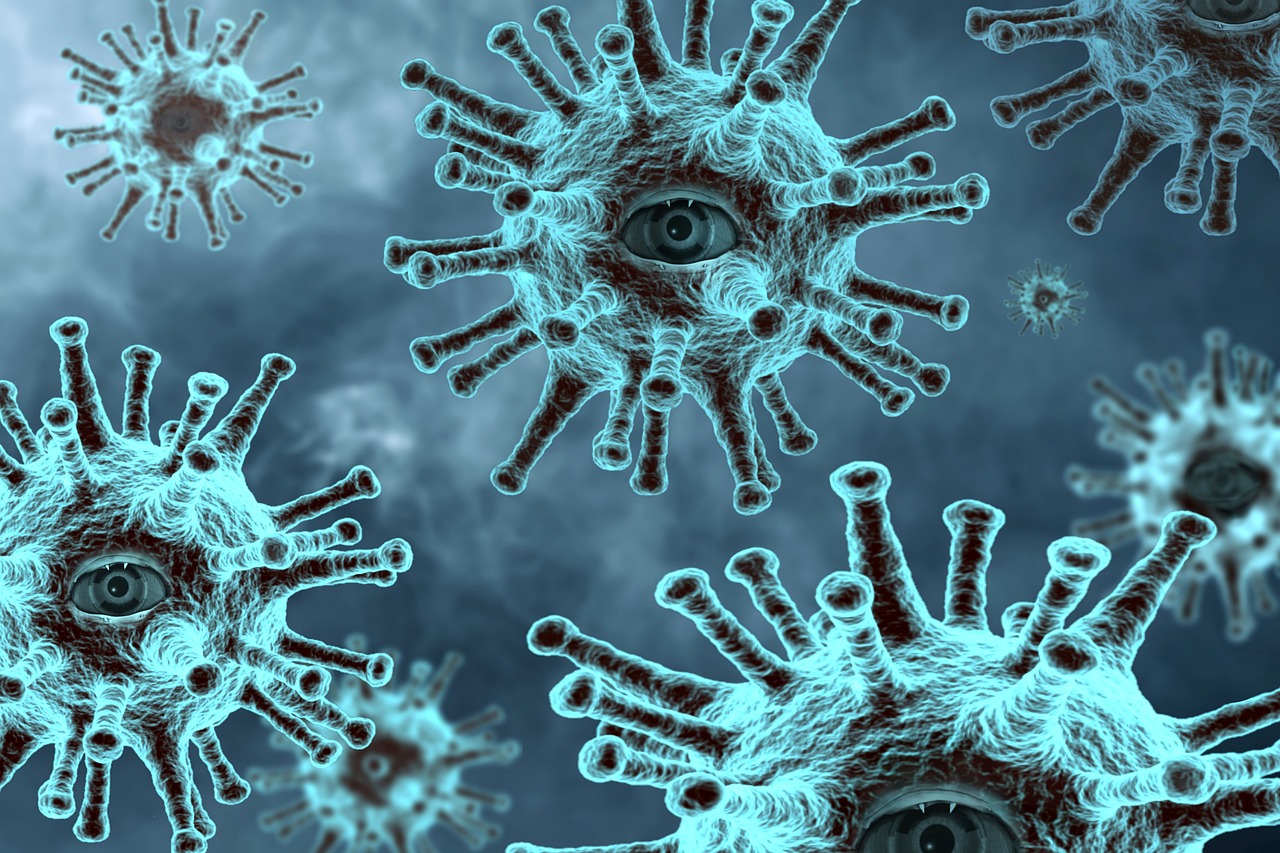Introduction
The microscopic world of bacteria, often hidden from our naked eyes, plays an extraordinary role in the balance of ecosystems, human health, and even our everyday lives. Bacterial science projects offer a captivating gateway to explore this invisible universe, foster scientific curiosity, and engage in hands-on learning. Whether you’re a student, educator, scientist, or science enthusiast, bacterial science projects hold immense educational and scientific potential.
In this article, we will delve into the fascinating realm of bacterial science projects, from the basic concepts of bacteria to practical ideas for experiments. We’ll explore the benefits, challenges, and ethical considerations of working with bacteria and discuss how to share your findings with the broader scientific community. By the end of this article, you’ll be well-equipped to embark on your bacterial science project or guide others in their scientific journeys.
Quick Tips for Bacterial Science Projects

Before we dive into the details, here are some quick tips to keep in mind when embarking on a bacterial science project:
1. Safety First: When working with bacteria, prioritize safety. Always wear appropriate protective gear and follow strict hygiene and safety protocols to prevent contamination and ensure your well-being.
2. Choose a Suitable Bacterial Strain: Select a bacterial strain relevant to your project. Some commonly used strains include E. coli, Bacillus subtilis, and Lactobacillus.
3. Plan Your Experiment: Design your experiment carefully. Clearly outline your objectives, methods, and expected outcomes. This will help you stay organized and ensure meaningful results.
4. Record Data Diligently: Keep detailed records of your experimental procedures and data. Accurate record-keeping is crucial for analysis and reporting.
5. Data Analysis is Key: After conducting your experiment, analyze your data using appropriate statistical methods. This will help you draw meaningful conclusions.
6. Ethical Considerations: Be mindful of the ethical implications of your research. Respect biosecurity and environmental concerns and conduct experiments responsibly.
7. Share Your Findings: Share your results with peers, educators, or the scientific community through scientific reports or presentations. Effective communication is essential to disseminating knowledge.
Now, let’s explore the world of bacterial science projects in more depth.
The Basics of Bacteria
Definition and Classification
Bacteria are single-celled microorganisms that are among the most abundant life forms on Earth. They are found in various environments, from the depths of the ocean to the human gut. Bacteria are classified into different groups based on their characteristics, including shape, size, and metabolic properties. Some common bacterial shapes are cocci (spherical), bacilli (rod-shaped), and spirilla (spiral-shaped).
Importance of Bacteria
Bacteria are fundamental to life on Earth. They are involved in critical processes such as nutrient cycling, decomposition, and nitrogen fixation. Without bacteria, many ecosystems would cease to function. Moreover, bacteria play a significant role in human health, both as commensals in our bodies and as pathogens causing diseases.
Key Characteristics of Bacteria
1. Prokaryotic Cells: Bacteria are prokaryotes, which means they lack a true nucleus. Their genetic material is in a region called the nucleoid.
2. Cell Wall: Bacteria have a rigid cell wall that provides structural support and protection.
3. Unicellularity: Bacteria are single-celled organisms. Each cell operates independently.
4. Diversity: Bacteria are incredibly diverse in terms of metabolic capabilities and habitats.
5. Reproduction: Bacteria reproduce through binary fission, where a single cell divides into two identical daughter cells.
Now that we understand the basics of bacteria let’s explore the educational and scientific benefits of bacterial science projects.
Benefits of Bacterial Science Projects
Bacterial science projects offer a multitude of benefits, making them an excellent choice for educational and scientific exploration.
Promoting Scientific Curiosity and Critical Thinking
Engaging in bacterial science projects encourages individuals to ask questions, make hypotheses, and experiment to find answers. It fosters scientific curiosity and the development of critical thinking skills, which are essential in both education and scientific research.
Real-World Applications and Relevance
Bacterial science projects often have real-world applications. By investigating bacterial growth, antibiotic resistance, bioremediation, or other topics, participants gain insights into issues that impact our environment, health, and daily lives. This relevance can be highly motivating.
Hands-On Learning Experience
Bacterial science projects provide hands-on learning experiences. Students, in particular, benefit from actively participating in experiments, which helps reinforce theoretical knowledge and improve retention. It also allows for practical skill development in laboratory techniques, data collection, and analysis.
Now that we’ve established the value of bacterial science projects, let’s move on to the practical aspects of getting started with your project.
Getting Started with Bacterial Science Projects

Safety Precautions and Guidelines
Safety is paramount when working with bacteria. Here are some essential safety precautions to follow:
- Always wear appropriate personal protective equipment (PPE), including lab coats, gloves, and safety goggles.
- Work in a well-ventilated area or under a fume hood to minimize exposure to airborne particles.
- Wash your hands thoroughly before and after handling bacteria.
- Use aseptic techniques to prevent contamination, such as flaming lab equipment or using sterile tools.
- Dispose of bacterial waste according to your institution’s guidelines.
Essential Equipment and Materials
To start your bacterial science project, you’ll need some essential equipment and materials, including:
- Petri dishes
- Agar plates
- Incubator (for temperature control)
- Inoculating loops or needles
- Autoclave or pressure cooker (for sterilization)
- Microscope (optional for observing bacterial cells)
- Growth media (nutrient agar, LB agar, etc.)
- Bacterial cultures or strains
Selection of Suitable Bacterial Strains
Choosing the right bacterial strain is crucial for the success of your project. Consider your project’s objectives when selecting a strain. For example, if you’re studying antibiotic resistance, you’ll want to work with bacteria known for their resistance to specific antibiotics. Common bacterial strains used in labs include Escherichia coli (E. coli), Bacillus subtilis, and Lactobacillus, but there are many more to choose from based on your needs.
With the basics in place, it’s time to explore some popular bacterial science project ideas.
Popular Bacterial Science Project Ideas
Bacterial science projects can cover a wide range of topics, from bacterial growth and antibiotic resistance to bioremediation and health-related studies. Here are some exciting project ideas to consider:
Bacterial Growth and Reproduction
1. Investigating the Effect of Environmental Factors on Bacterial Growth:
- Explore how variables like temperature, pH, and nutrient availability affect the growth of a specific bacterial strain.
2. Comparing the Growth Rates of Different Bacterial Species:
- Select two or more bacterial species and compare their growth rates under identical conditions. Analyze the differences and potential factors behind them.
Antibiotic Resistance
1. Studying the Development of Antibiotic Resistance in Bacteria:
- Expose a bacterial strain to increasing concentrations of a particular antibiotic to observe the development of resistance.
2. Strategies to Combat Antibiotic Resistance:
- Investigate methods to reverse antibiotic resistance in bacteria or mitigate its effects.
Bioremediation
1. Exploring the Ability of Bacteria to Clean Up Pollutants:
- Test the effectiveness of bacterial strains in breaking down environmental pollutants, such as oil or heavy metals.
2. Designing Bioremediation Solutions for Specific Environmental Problems:
- Develop bioremediation strategies tailored to address pollution issues in a particular environment, such as a contaminated water source.
Fermentation and Food Science

1. Fermenting Foods and Beverages Using Beneficial Bacteria:
- Experiment with the fermentation process, using bacteria like Lactobacillus to create yogurt, sauerkraut, or kombucha.
2. Analyzing the Role of Bacteria in Food Preservation and Flavor Development:
- Study how bacteria contribute to food preservation and the development of unique flavors in fermented foods.
Health and Medicine
1. Investigating the Role of Bacteria in the Human Microbiome:
- Explore the diversity and functions of bacteria living in the human gut and their impact on health.
2. Exploring the Potential of Probiotics and Prebiotics in Improving Health:
- Investigate the effects of probiotics (beneficial bacteria) and prebiotics (substances that support their growth) on human health.
Environmental Science
1. Studying the Impact of Bacteria on Soil Quality and Plant Growth:
- Investigate how bacteria influence soil properties and plant growth in various environments.
2. Assessing the Role of Bacteria in Ecosystems:
- Analyze the ecological importance of bacteria within specific ecosystems, such as aquatic or forest ecosystems.
These project ideas serve as a starting point for your exploration of the bacterial world. The choice of your project depends on your interests, available resources, and the scientific questions you want to address.
Data Collection and Analysis
Once you’ve designed and executed your bacterial science project, it’s time to collect and analyze your data. This phase is critical for drawing meaningful conclusions and advancing scientific knowledge
.
Experimental Design and Data Recording
Before starting your experiment, outline your objectives and methods in detail. Make sure to include the following in your experimental plan:
- Clear hypotheses: What are you testing, and what outcomes do you expect?
- Detailed procedures: Explain each step of the experiment.
- Data recording: Develop a system to record data accurately and consistently.
Statistical Analysis of Results
After collecting data, we use statistical analysis to determine whether the results are significant. Standard statistical tests include t-tests, ANOVA, and chi-squared tests, among others. These tests help you evaluate whether observed differences are statistically meaningful.
Drawing Meaningful Conclusions
Based on your data analysis, draw conclusions related to your hypotheses. Discuss the implications of your findings, their relevance to your original research questions, and potential real-world applications.
Ethical Considerations and Safety
As you conduct your bacterial science project, it’s essential to be aware of ethical considerations and safety issues.
Responsible Handling of Bacteria
- Adhere to ethical guidelines and legal regulations governing the use of bacteria in research.
- Practice responsible use of genetically modified organisms (GMOs) if applicable, following safety protocols and containment measures.
- Use proper waste disposal methods for bacterial cultures, contaminated materials, and equipment.
Ethics in Experimentation and Research
- Ensure that your research respects ethical standards and does not involve harm to individuals, animals, or the environment.
- Obtain any necessary approvals or permits for your research, mainly if it consists of working with potentially hazardous materials.
Environmental and Biosecurity Concerns
- Consider the environmental impact of your research and take measures to minimize any harm to natural ecosystems.
- Be aware of biosecurity issues, including the potential for your research to contribute to the spread of harmful bacteria unintentionally.
By addressing these ethical and safety considerations, you not only conduct responsible research but also contribute to a safer and more responsible scientific community.
Sharing Your Findings

Sharing your findings with others is a critical aspect of scientific research. It allows you to contribute to the scientific community and communicate your discoveries effectively.
Preparing a Scientific Report or Presentation
Create a comprehensive scientific report or presentation that includes the following:
- Introduction: Introduce the research question and objectives.
- Methods: Describe the experimental procedures.
- Results: Present your data and findings.
- Discussion: Interpret your results and their significance.
- Conclusion: Summarize your study and its potential implications.
- References: Cite relevant literature and sources.
Sharing Results with Peers, Educators, and the Scientific Community
- Present your findings at science fairs, conferences, or within your educational institution.
- Consider submitting your work to science journals or online platforms dedicated to scientific research dissemination.
- Engage with your peers and educators for feedback and potential collaboration on future projects.
Public Engagement and Science Communication
Share your findings with the broader public through accessible and engaging communication methods. This can include blog posts, videos, or social media outreach. Effective science communication helps bridge the gap between researchers and the general public.
Now that you’re equipped with a wealth of knowledge about bacterial science projects let’s explore some of the materials and resources you may need to kickstart your journey.
Table of Things You Can Purchase for Bacterial Science Projects
| Item | Description | Price Range |
| Educational Materials | Educational books, guides, and online courses for bacterial science projects. | $15 – $100 |
| Laboratory Equipment and Supplies | Petri dishes, agar plates, incubators, sterilization equipment, and more. | $20 – $500 |
| Microbiology Kits | Kits with all necessary materials and instructions for science experiments. | $30 – $150 |
| Science Fair Resources | Materials for science fair presentations, such as display boards and materials. | $10 – $50 |
| Online Courses or Tutorials | Online courses or video tutorials on microbiology and bacterial science. | $20 – $150 |
| Microbiology Books and Journals | Scientific literature, books, and journals for in-depth knowledge. | $20 – $200 |
| Safety Gear | Personal protective equipment like lab coats, gloves, and safety goggles. | $10 – $50 |
| Consultation Services | Expert consultation or guidance from professionals in microbiology. | Varies by service |
| Bacterial Strains | Purchase of specific bacterial strains or cultures for experimentation. | $10 – $50 per strain |
These are approximate price ranges, and costs may vary depending on factors such as quality, brand, and supplier. When embarking on a bacterial science project, carefully consider your budget and the specific materials or resources you require.
Conclusion
In conclusion, bacterial science projects offer a captivating journey into the world of microorganisms. They not only foster scientific curiosity and critical thinking but also hold the potential for real-world applications. With the proper knowledge, equipment, and safety measures, you can embark on your bacterial science project, contribute to scientific knowledge, and make discoveries that benefit our understanding of the bacterial world and its impact on our lives. Whether you’re a student, educator, scientist, or science enthusiast, the world of bacteria
